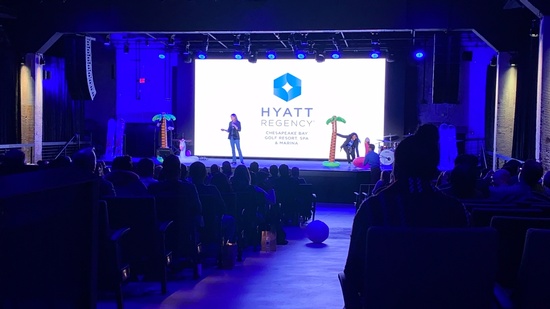Motion projection projection is an innovative art medium that combines technology and creativity to transform ordinary spaces into remarkable visual displays. This technique entails projecting graphics and videos onto 3D elements, such as buildings, artworks, or platforms. One of the most crucial factors in producing successful projection is the use of efficient lighting methods. Proper lighting improves the visual components of the display and ensures that the visuals are clear and engaging. This piece examines the influence of lighting techniques on video mapping and how they can enhance the complete encounter.
Illumination plays a vital part in video mapping because it sets the atmosphere and feel of the display. Different illumination methods can evoke various emotions and reactions from the viewers. For instance, using soft, warm illumination can create a inviting environment, while vivid, cold lights may create a more dynamic or dramatic effect. By carefully choosing light hues and brightness, creators can influence how audience perceive the projected visuals, leading to a more engaging encounter. The equilibrium between mapping brightness and ambient light is essential, as it can significantly affect the visibility and impact of the visuals.
In addition, color and intensity, the direction of illumination also influences the effectiveness of projection. Lighting from different angles can create shadows and highlights that add dimension to the mapped visuals. This method, known as light and shadow, can improve the three-dimensionality of the subjects being projected. Additionally, using moving lights can add dynamism to the display, making the experience more engaging for the viewers. When the light collides with the projected visuals, it can create an illusion of movement and transformation, grabbing the viewers' focus.
Another important element of illumination in mapping in the use of unique effects. Techniques such as gobo lighting, which uses patterns and shapes to filter light, can add texture and complexity to the projections. This method allows artists to superimpose visuals and produce aesthetically captivating results that enhance the mapping. Additionally, incorporating lasers or LED illumination can additionally improve the display, offering a unique blend of visual elements that draw the viewers in. These unique effects, when used thoughtfully, can transform the mapping into a basic show to an engaging piece of art.
In conclusion, the influence of illumination methods on video projection is profound. By understanding how different lighting elements interact with mapped visuals, creators can produce captivating experiences that resonate with viewers. The thoughtful choosing of color, intensity, direction, and special effects enables for a vivid canvas of sight storytelling. As tech advances to evolve, the options for Look At This artistic showcasing in mapping will only grow, making lighting an increasingly vital aspect wikipedia reference in this progressive creative form.

Comments on “Illuminating the Impact of Illumination Techniques on the Craft of Video Projections Mapping Techniques”